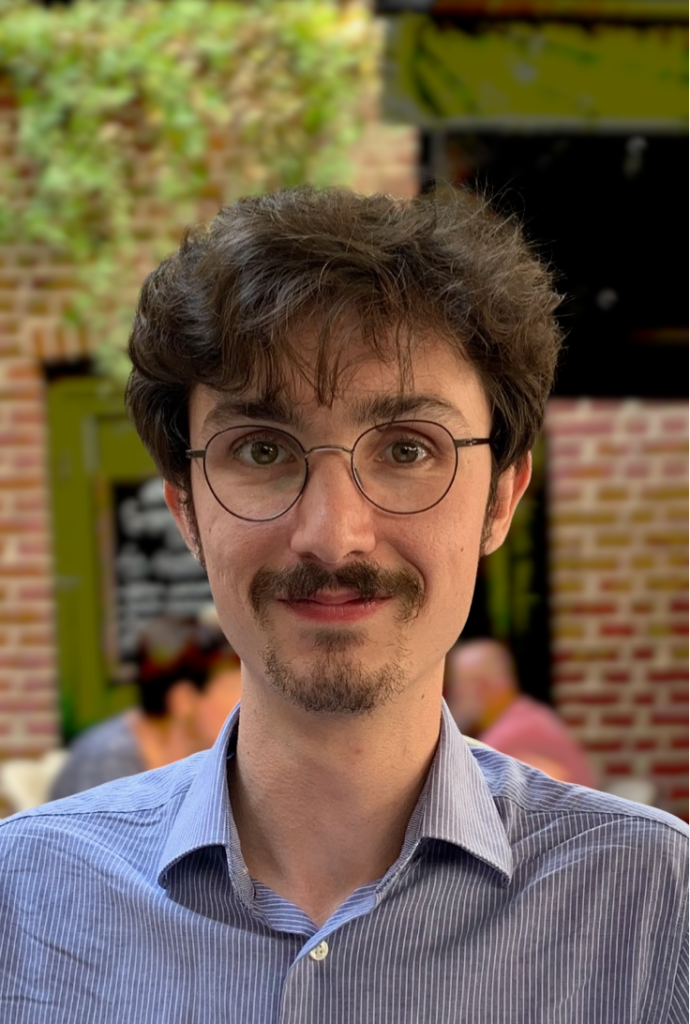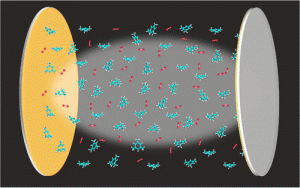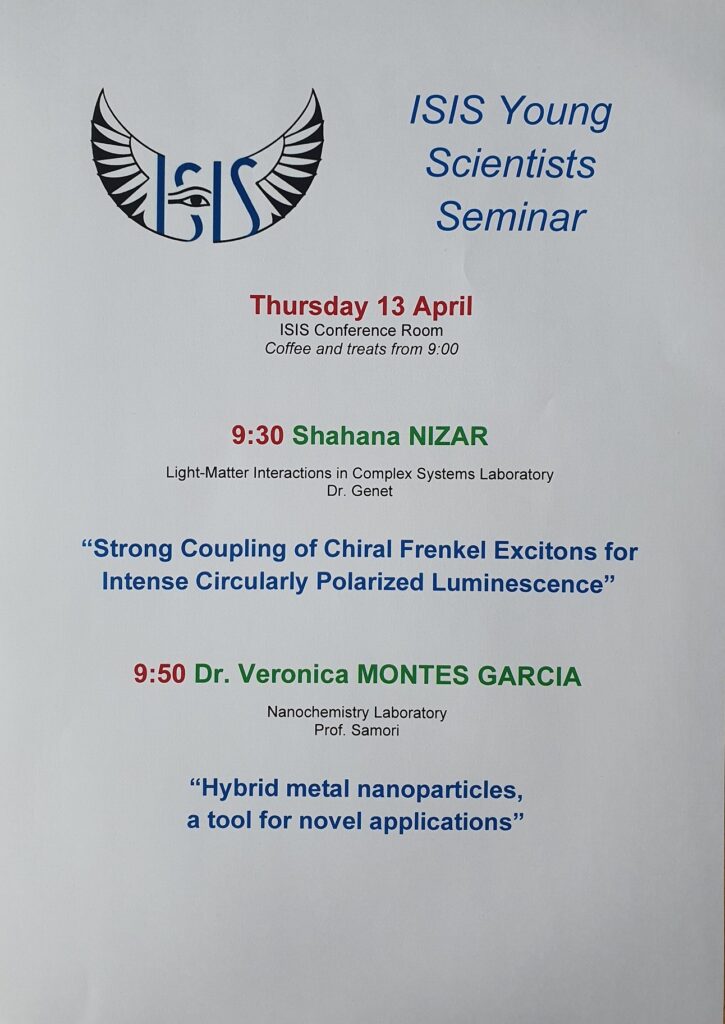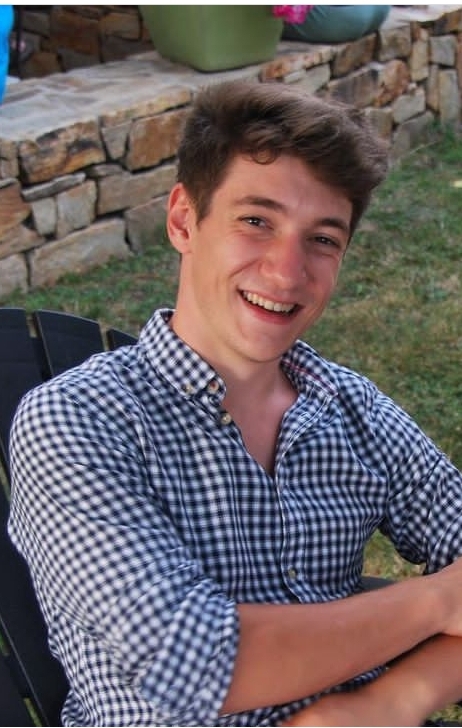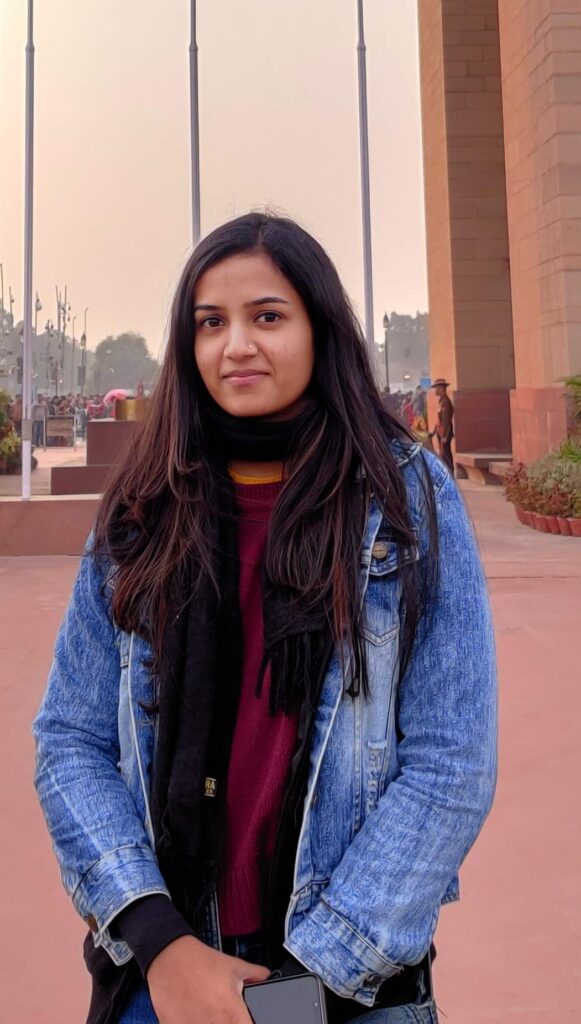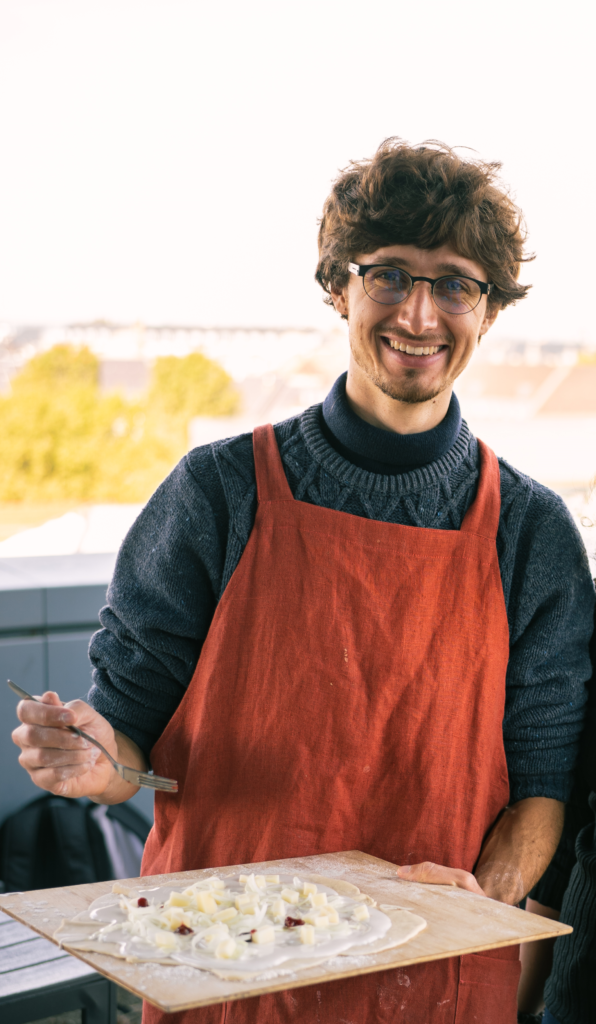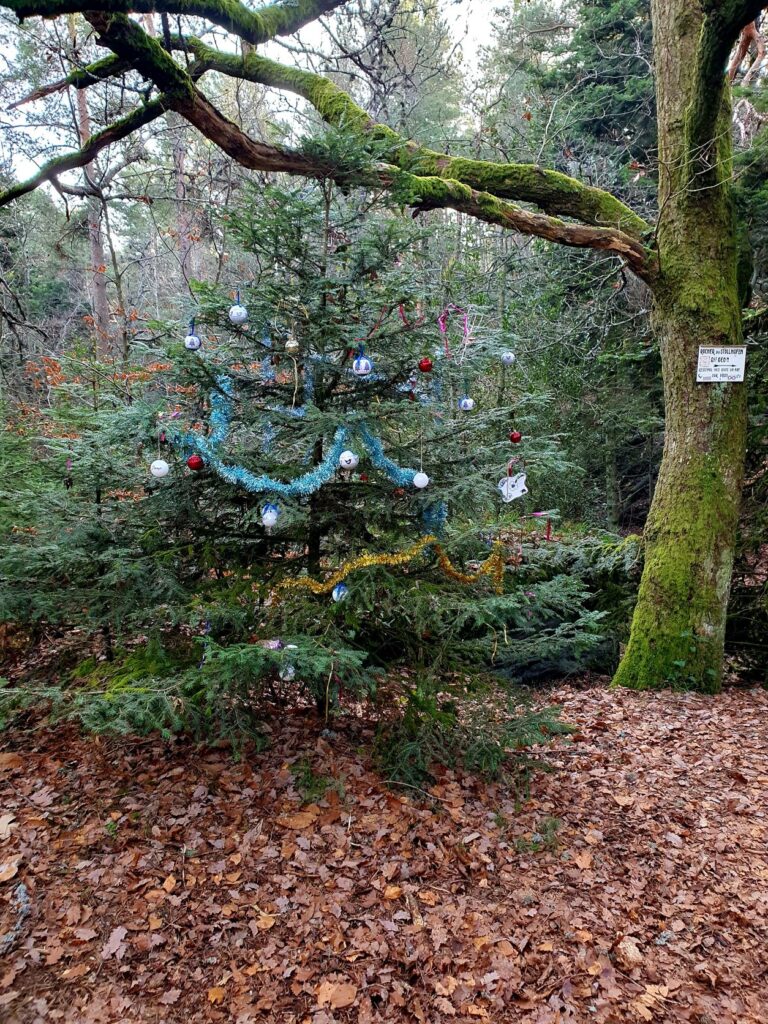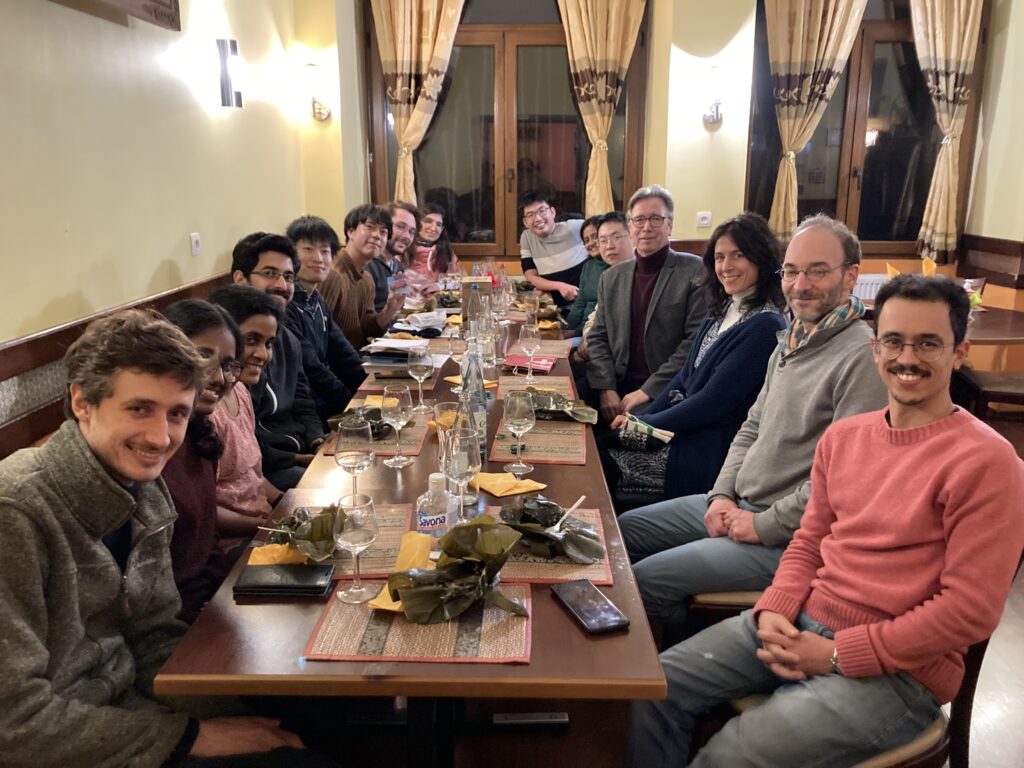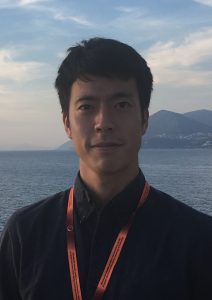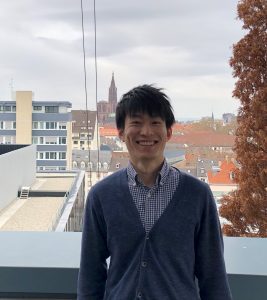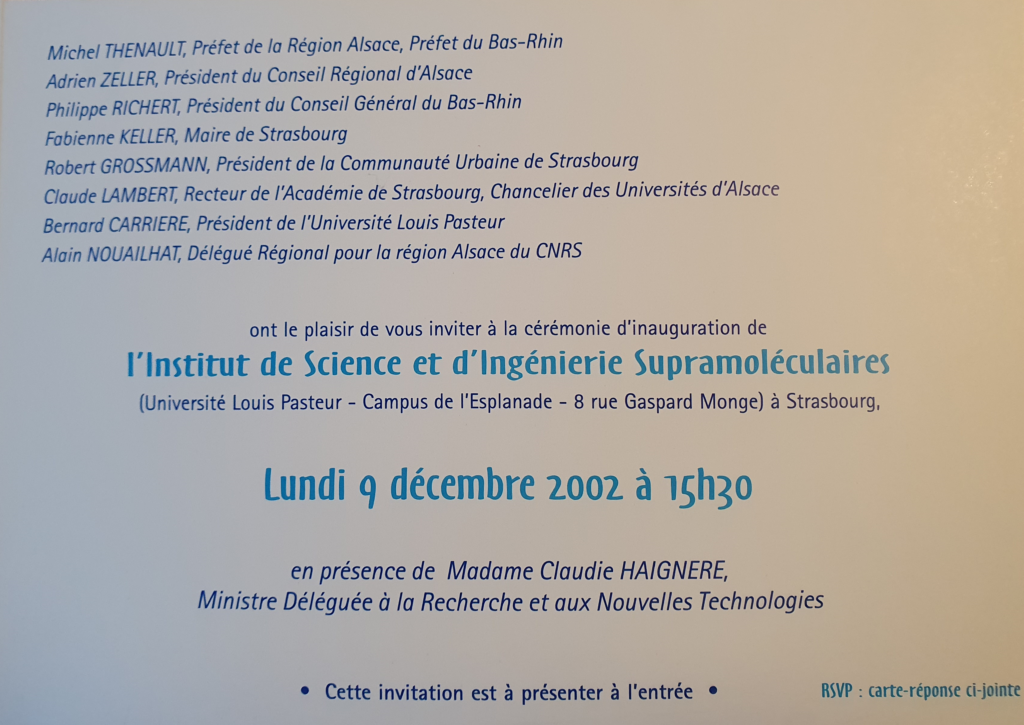Antoine Tartar, who already did a Master 2 training in our lab, started a phD last week, so we will have the pleasure to have him in the team for a little more time. Following his master, he will work under the supervision of Cyraique Genet on optical trapping.
20 years of ISIS
Those two last days, ISIS was celebrating its birthday, with a bit of delay. We had a very nice scientific program, with 2 sessions on Frontiers in Chemistry and Technology and Sustainability, but also a full afternoon dedicated to privates companies (Innovation and Societal Challenges) that have been involved as antennas in the institute during those 20 years, or playing a key role in our society recently, like BioNTech. It was also the occasion to meet alumni of our team and of the institute. Some more information about the event, the history of the building, etc can be found on the Unistra website.
Happy birthday ISIS and congratulations again to Jean-Marie Lehn, its founder !
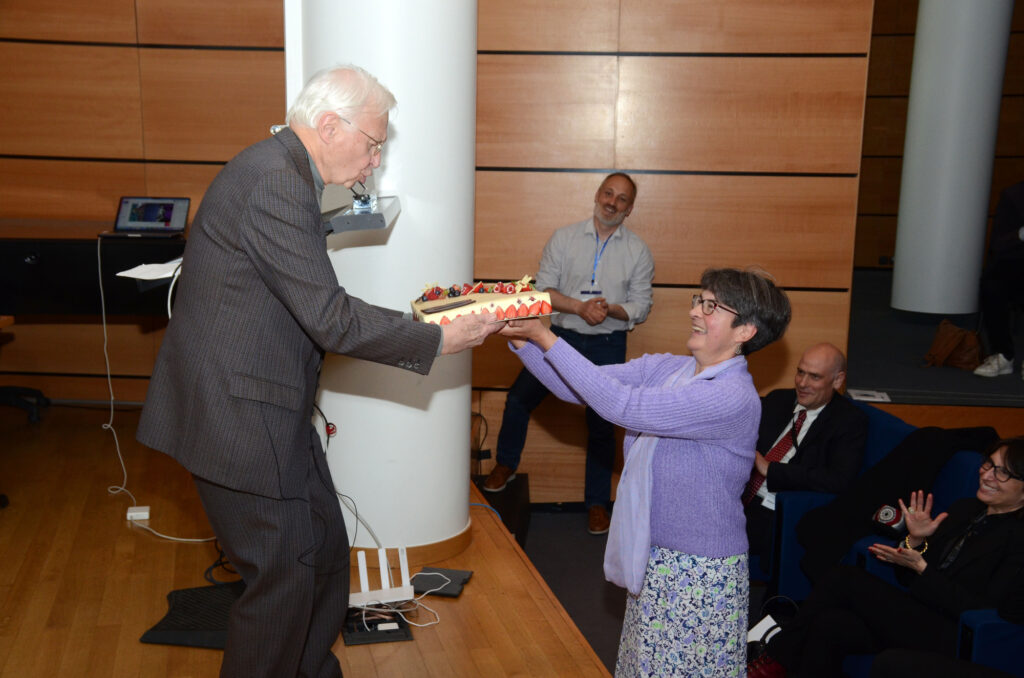 Muriel Muzet, administrative director of ISIS, offering the birthday cake to Jean-Marie Lehn (Photo : C. Schneider)
Muriel Muzet, administrative director of ISIS, offering the birthday cake to Jean-Marie Lehn (Photo : C. Schneider)
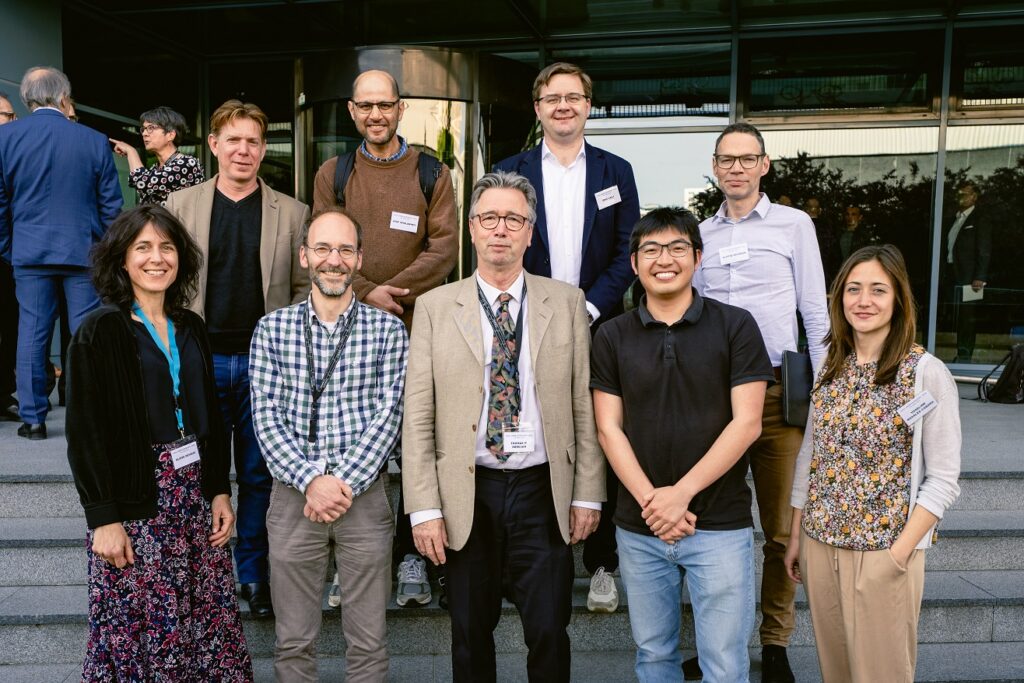 With some alumni of Laboratoire des Nanostructures in front of ISIS (Photo : C. Schneider)
With some alumni of Laboratoire des Nanostructures in front of ISIS (Photo : C. Schneider)
Open Postdoctoral Position
We have a post-doc position available from now and are looking for a person with a background in physical organic chemistry and molecular spectroscopy to study chemical reactivity and other molecular processes under vibrational light-matter strong coupling (see Nagarajan et al, J. Am. Chem. Soc. 2021, 143, 16877−16889). Interested persons should send a CV with two references and letter of motivation to ebbesen@unistra.fr.
Shahana’s seminar
Welcome to Lucas !
Welcome back to Anjali !
We have the pleasure to have Anjali Jayachandran back in the team. Indeed Anjali was already part of the lab for a 6 months master training in 2018. Then she returned to India where she was involved in a non-profit organization. She is now among us for a short contract of laboratory technician. Welcome back to her !
Au revoir Rémi
Rémi Goerlich, who defended in the very end of September, finished his phD contract and after a small break, just left for a postdoctoral position in Israël. After spending close to 4 years in our lab and at IPCMS, as he started as a master 2 student, he will now work in the team of Yael Roichman in Tel Aviv University. We wish him all the best in his new life !
Rémi preraring (veggie) flammekueche (Photo Minghao Li)
End of the year and goodbyes
Last Friday, we had our traditional end of the year group dinner, with former, actual and “about to leave” members of the lab. Indeed, it was also the occasion to say goodbye to Soh Kushida, who left one day later for Japan, where he will work at the Institute of Materials Science, Tsukuba University, but also to his fellow, Yoichi Sasaki, who will also leave us at the end of the month. On his side, Yoichi has been hired as assistant professor in the Kimizuka lab, at the Center for Molecular Systems in Kyushu University. Both Soh and Yoichi have been friendly colleagues who were involved in the social life of the team, thus contributing to his good atmosphere, and both worked on new and demanding research projects that recently bear fruits, no doubt that they will come back to finish some experiments !
Good luck to them !
Happy birthday ISIS !
On December 9, in 2002, ISIS building was inaugurated, in the presence of some officials and state representatives, but also through a beautiful scientific symposium including François Diederich, Pierre-Gilles de Gennes and Harmut Michel. We are thus celebrating its 20th birthday today. The official celebration will take place later on in early 2023, but in the meantime, happy birthday ISIS, with a special thought for his founder Jean-Marie Lehn.

